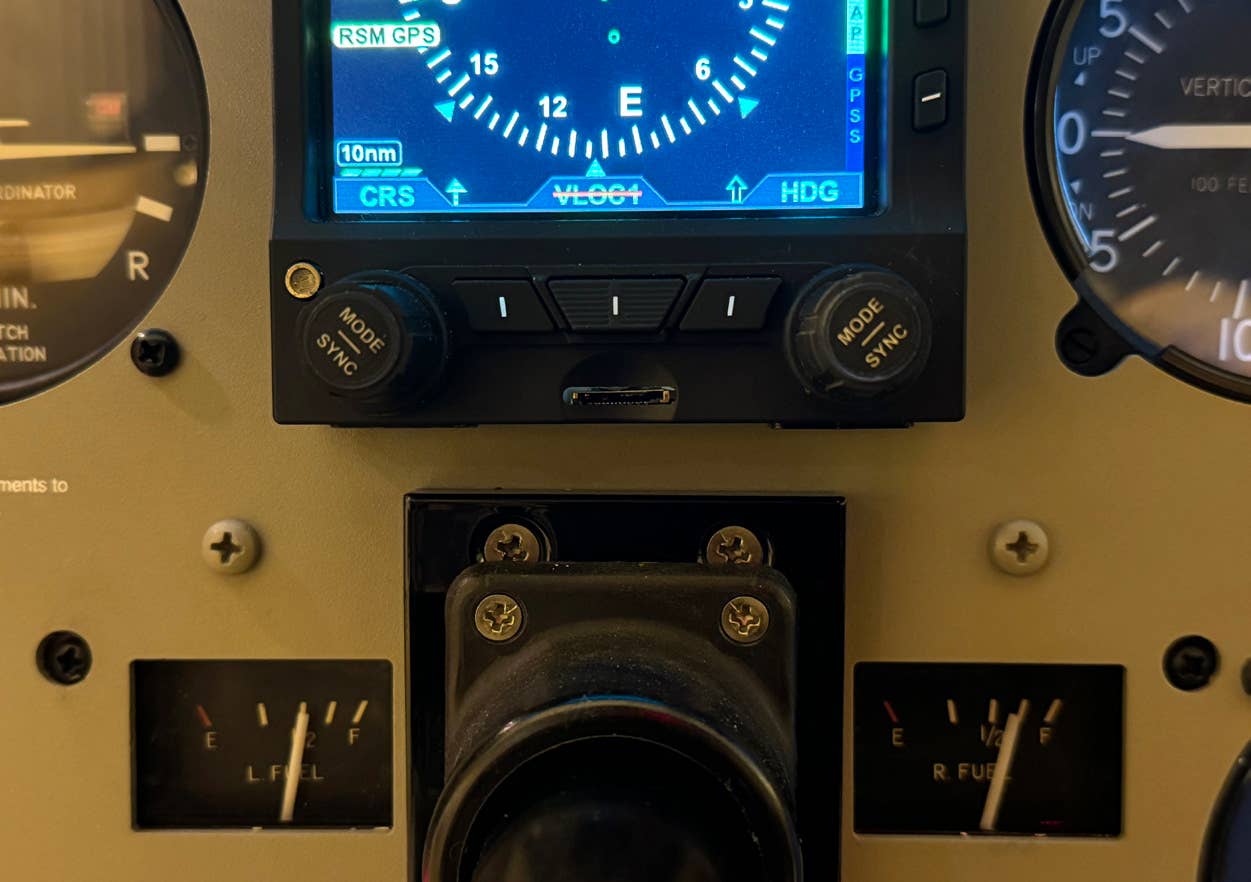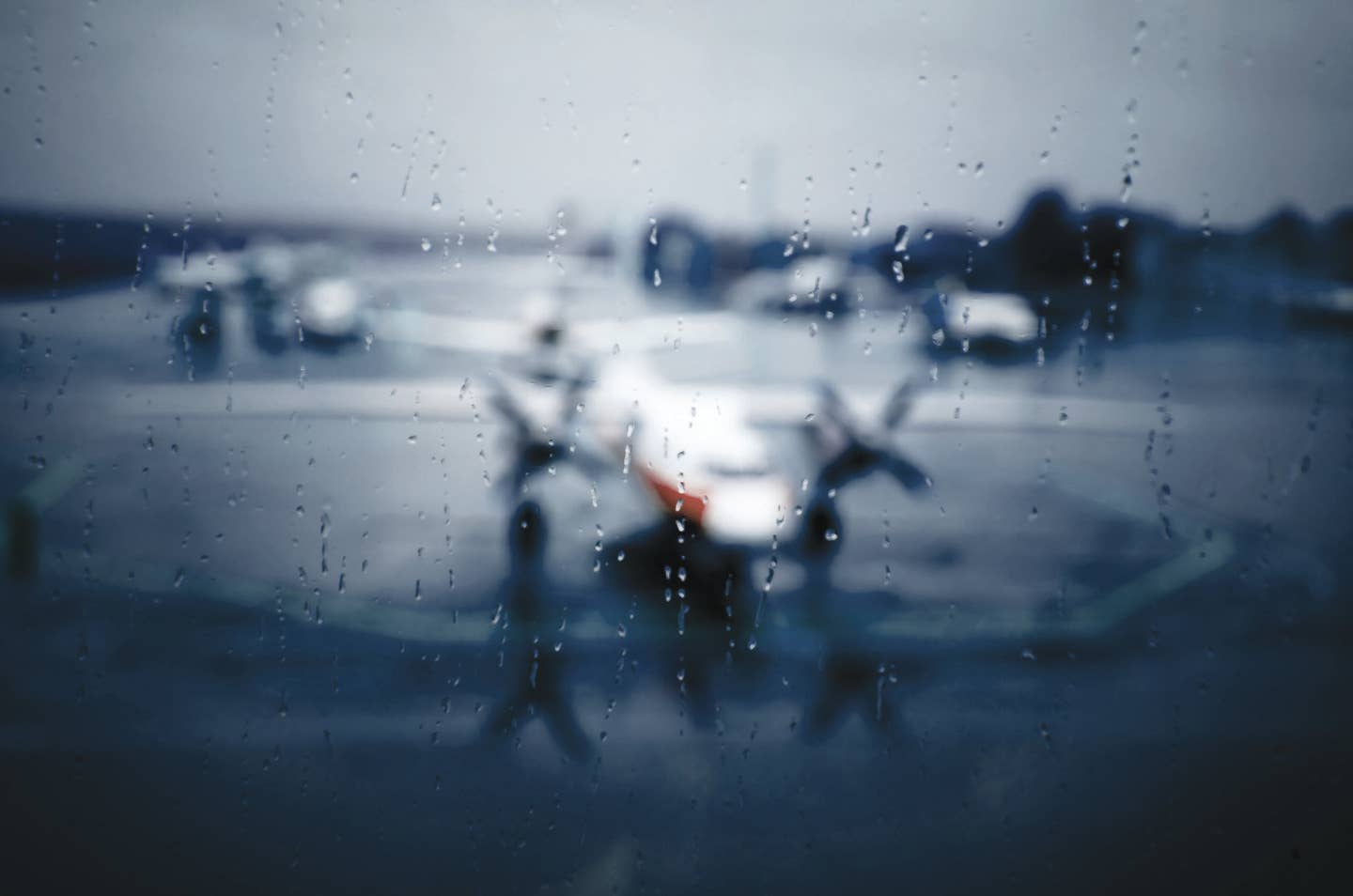
Beech 1900D
In 1988, three years before Eastern Airlines ceased operations, one of its pilots began a small charter business on the side. Tom Cooper's small company offered flights around South Florida, the Bahamas and Cuba in Cessna 402s. In short order, however, the charter company expanded, and by the mid-1990s, Gulfstream International Airlines was operating Part 121 turboprop service on its old charter routes and had code-share agreements with both United and Continental Airlines.
But accustomed to working with professional, airline-trained pilots, Cooper reportedly was frustrated with the uneven quality of pilots who hired on to fly for him. So in 1992, he decided to start his own training program. The result is the Gulfstream Training Academy (no connection to the business jet manufacturer of the same name), which provides "an option for people who don't want to do the flight instructor approach to becoming an airline pilot," says Bobby Pinto, Gulfstream's pilot recruiter and sales manager.
Gulfstream does not offer ab initio (from the beginning) flight training, although it has partner flight schools it recommends for beginning students. Students must arrive at Gulfstream with their private, instrument, commercial and multiengine ratings in hand.
What Gulfstream offers is advanced training -- specifically, First Officer training in a two-crew turboprop regional airliner.
Gulfstream's First Officer Program encompasses two phases. The first is an introductory training course and type rating (lasting approximately three months) in the Beech 1900D -- the mainstay of Gulfstream International Airline's fleet -- at Gulfstream's Ft. Lauderdale, Florida, headquarters. The training is provided primarily through classroom and flight training devices (simulators), supplemented with a week of training in FlightSafety's Orlando, Florida, Level D full-motion Beech 1900D simulator. The final portion of the check ride is done in one of the airline's 1900D aircraft, at night, without passengers.
In the second phase of the program, the school matches senior line captains with these newly type rated first officer/students for 250 hours of additional line training. At the conclusion of the second phase, students can interview to remain with Gulfstream, or interview with any other airline -- including several regional airlines with whom Gulfstream has partnership relationships. Of the 70-120 students Gulfstream has in the program at any given time, about half end up staying with the airline, at least until they build 1,500 hours and an ATP rating. Some stay longer. Between the students and alumni, GTA accounts for 95 percent of the crews who operate GIA's fleet of 25 Beech 1900D aircraft.
The program tuition is $29,900, although students receive an hourly wage during their line training, which makes the total cost around $27,900. Gulfstream's approach, which bypasses having students build hours by working as flight instructors, is unusual in the aviation industry. Some people think that students shouldn't have to "pay" to work as a first officer, but Gulfstream's answer is that the 250 hours of line training turns green pilots into fully qualified candidates for airline positions. "Instead of flying 172s, our students are getting experience flying large turboprop aircraft, and dealing with the everyday airline environment of passengers, captains, short hops and long hours," says Pinto. "They're also building seniority from day one."
Pinto argues that Gulfstream's approach also means that even if students leave Gulfstream to fly for other regional airlines, they get a seniority slot earlier than their peers who spend more time flight instructing, which means they'll upgrade faster, even with the same number of hours.
Then, of course, there's the "location" argument. Pilots for Gulfstream International Airlines are based in Ft. Lauderdale, Tampa, Miami, West Palm Beach and Key West, Florida. And although the airline recently added a hub in Cleveland to service a few routes in Pennsylvania, Ohio and West Virginia, the majority of the flights are around Florida and to the Bahamas. Gulfstream also still offers charter flights for State Department-approved passengers to Cuba. Pinto stresses that the Miami airspace is one of the more congested areas of the country, providing valuable training experience. But the academy's location and the airline's base and routes also mean that GTA students don't spend much time suffering in the winter cold.
Gulfstream also has educational arrangements with Utah Valley State College and Embry-Riddle to allow students to pursue a two- or four-year degree while training at GTA. UVSC offers online courses, and Embry-Riddle offers both an online option and classroom courses at distance learning centers. And while the First Officer Program is the primary focus of GTA's training, the academy also offers graduates of the First Officer Program the option of a two-day Regional Jet Interview Prep course, with both classroom and simulator training in a Regional Jet.
For more information, contact: Gulfstream Training Academy, 877/359-4853; gulfstreamacademy.com.

Sign-up for newsletters & special offers!
Get the latest FLYING stories & special offers delivered directly to your inbox






